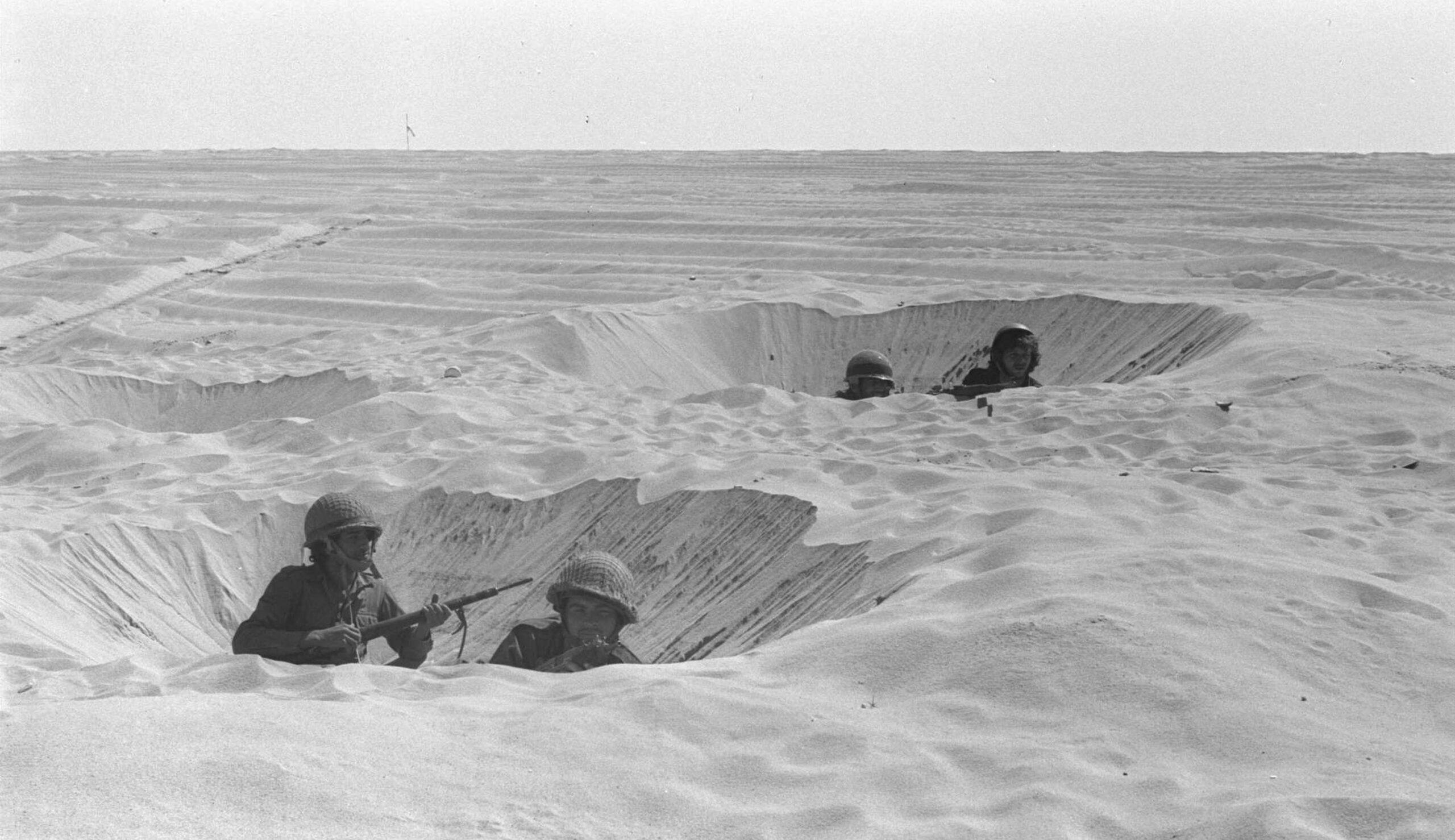Located in modern Turkey, Ephesus was once the cultural and economic capital of the Roman empire in Asia Minor. It was also home to the Celsus Library—the third-largest in the Roman world. At some point during its history, Judith Sudilovsky reports, “someone carved a graffiti image of a menorah into one of the steps of the library’s marble staircase.” Since its discovery in the early 20th century, archaeologists and other scholars have been attempting to trace the origins and meaning of the carving.
The local Turkish tour guide Hasan Gulday, who has worked with Israeli and Jewish tourists and writes on his website about the menorahs in Ephesus, points out that another menorah graffito was etched next to the so-called brothel building in Ephesus. The most important carving of a menorah in Ephesus, however, is under the Mezaeus and Mithridates Gate, built by two Persian-Jewish freed slaves, and dedicated to the Roman emperor [Augustus] who had been their former master, Gulday said.
“Jews were considered important for business and trade due to their high literacy rate at a time when only 3 percent of the general population was literate,” said Gulday.
A cosmopolitan city, ancient Ephesus had an established and flourishing Jewish community whose presence was documented from the 1st century BCE by Josephus, among others. . . .The Jews of Ephesus, who were Roman citizens, were exempt from military service, and had the right to have someone take care of their dietary needs in the market assuring them which products were kosher. . . . According to the Roman census, 10 percent of the population of Ephesus was Jewish, and they later had the right to collect taxes for the rebuilt Temple in Jerusalem, which was very unusual.
More about: Ancient Near East, Archaeology, Menorah, Turkish Jewry


